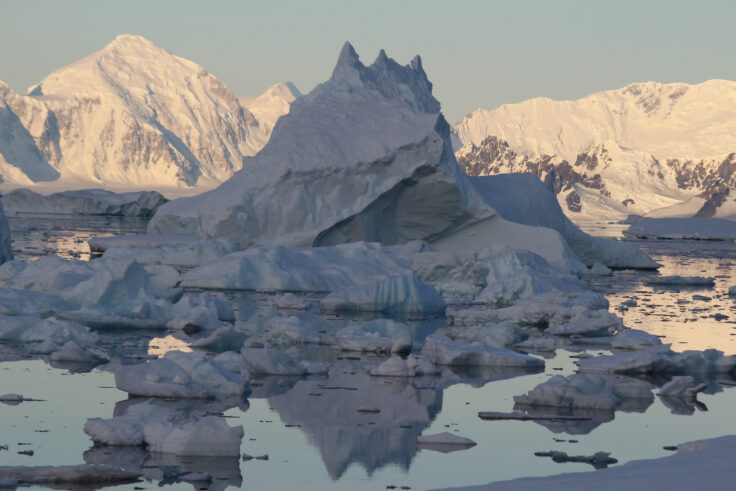Scientists use a supercomputer to simulate the melting of the West Antarctic Ice Sheet, determine controllable melting by reducing greenhouse gas emissions

The melting rate of the West Antarctic Ice Sheet will increase in the coming century, regardless of how much we reduce our fossil fuel use. Even if we manage to limit global temperature rise to 1.5°C, melting will still occur three times faster than it did during the 20th century. Scientists simulated the ocean-driven melting of the West Antarctic Ice Sheet using the UK’s national supercomputer to determine how much melting is inevitable and how much can still be controlled by reducing greenhouse gas emissions. They found that even under the most ambitious targets of the 2015 Paris Agreement, the impact of mid-range emissions scenarios on melting is not significantly different when considering climate variability like El Niño.
The West Antarctic Ice Sheet is losing ice and is the largest contributor to sea-level rise in Antarctica. Previous models suggest that this loss is due to the warming of the Southern Ocean, particularly the Amundsen Sea region. The West Antarctic Ice Sheet contains enough ice to raise the global mean sea level by up to five meters, which will greatly impact the millions of people living near the coast worldwide. A better understanding of future changes will allow policymakers to plan and adapt more readily.
Lead author Dr Kaitlin Naughten, a researcher at the British Antarctic Survey, states that it appears that we have lost control of the melting of the West Antarctic Ice Sheet. This means that if we wanted to preserve it in its original state, we would have needed to take measures to combat climate change decades ago. However, recognizing the situation in advance provides the world with more time to adapt to the rising sea levels. In case there is a need to abandon or substantially re-engineer a coastal region, a 50-year lead time will make all the difference.
The team carried out simulations of four future scenarios of the 21st century and one historical scenario of the 20th century. The future scenarios either stabilized the global temperature rise at the targets set out by the Paris Agreement, 1.5°C and 2°C or followed standard scenarios for medium and high carbon emissions.
All scenarios resulted in significant and widespread warming of the Amundsen Sea and increased melting of its ice shelves. The three lower-range scenarios followed nearly identical pathways over the 21st century. Even under the best-case scenario, the warming of the Amundsen Sea accelerated by a factor of three, and the melting of the floating ice shelves that stabilized the inland glaciers followed, although it began to flatten by the end of the century.
The worst-case scenario had more ice shelf melting than the others, but only after 2045. The authors warn that this high fossil fuel scenario, where emissions increase rapidly, is unlikely to occur.
Naughten cautions that reducing our dependence on fossil fuels is crucial. What we do now will help to slow the rate of sea level rise in the long term. The slower the sea level changes, the easier it will be for governments and society to adapt, even if it can’t be stopped altogether stopped.

 How to resolve AdBlock issue?
How to resolve AdBlock issue?